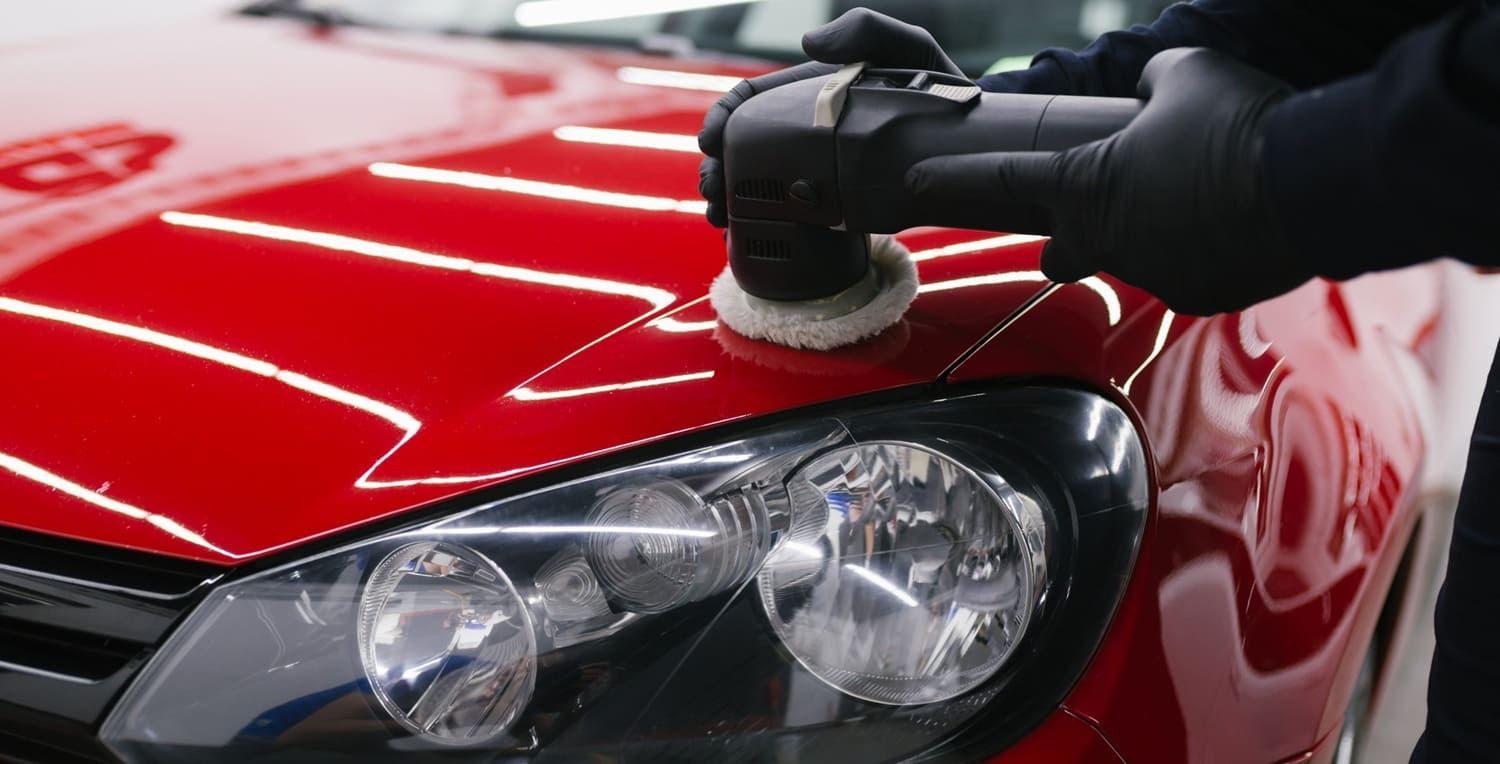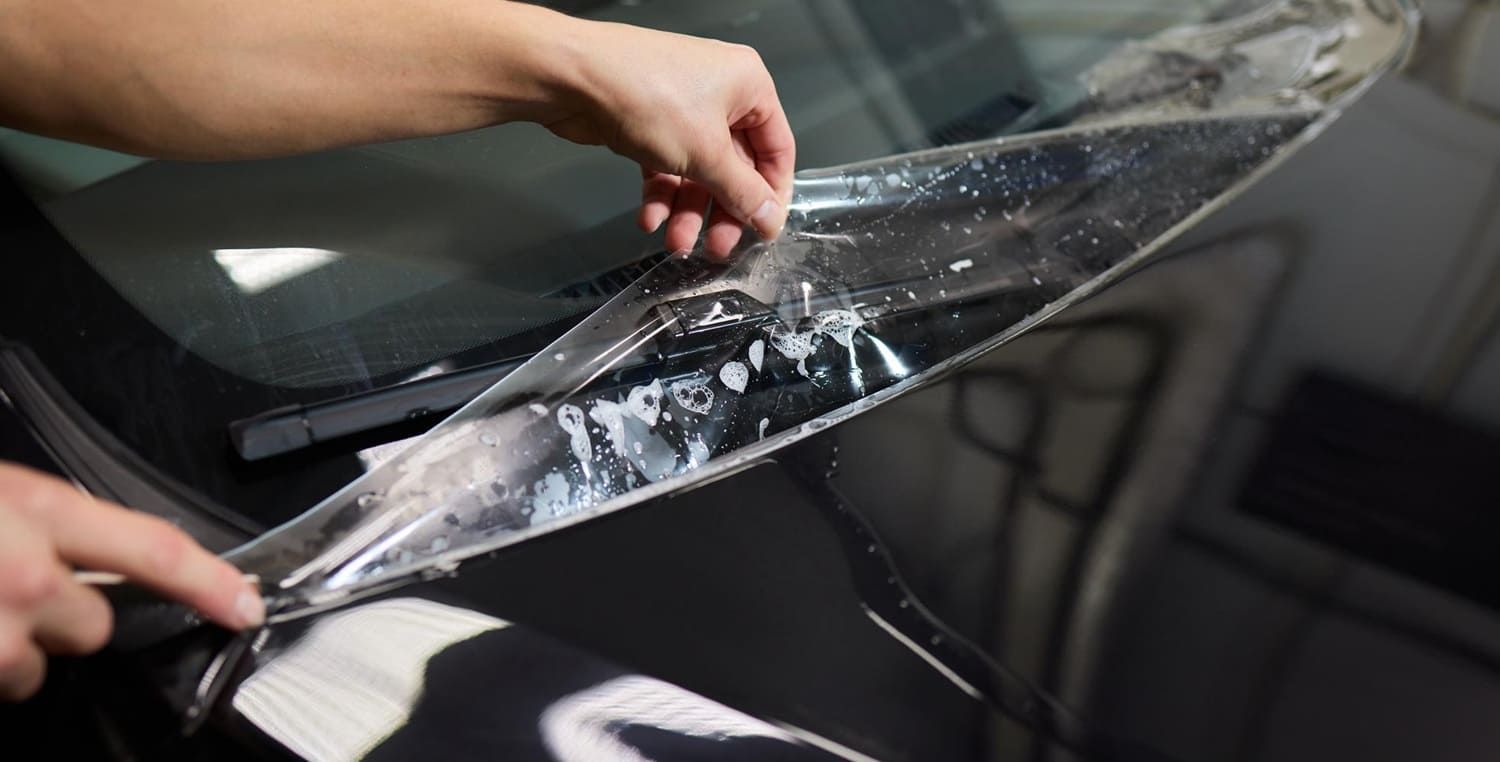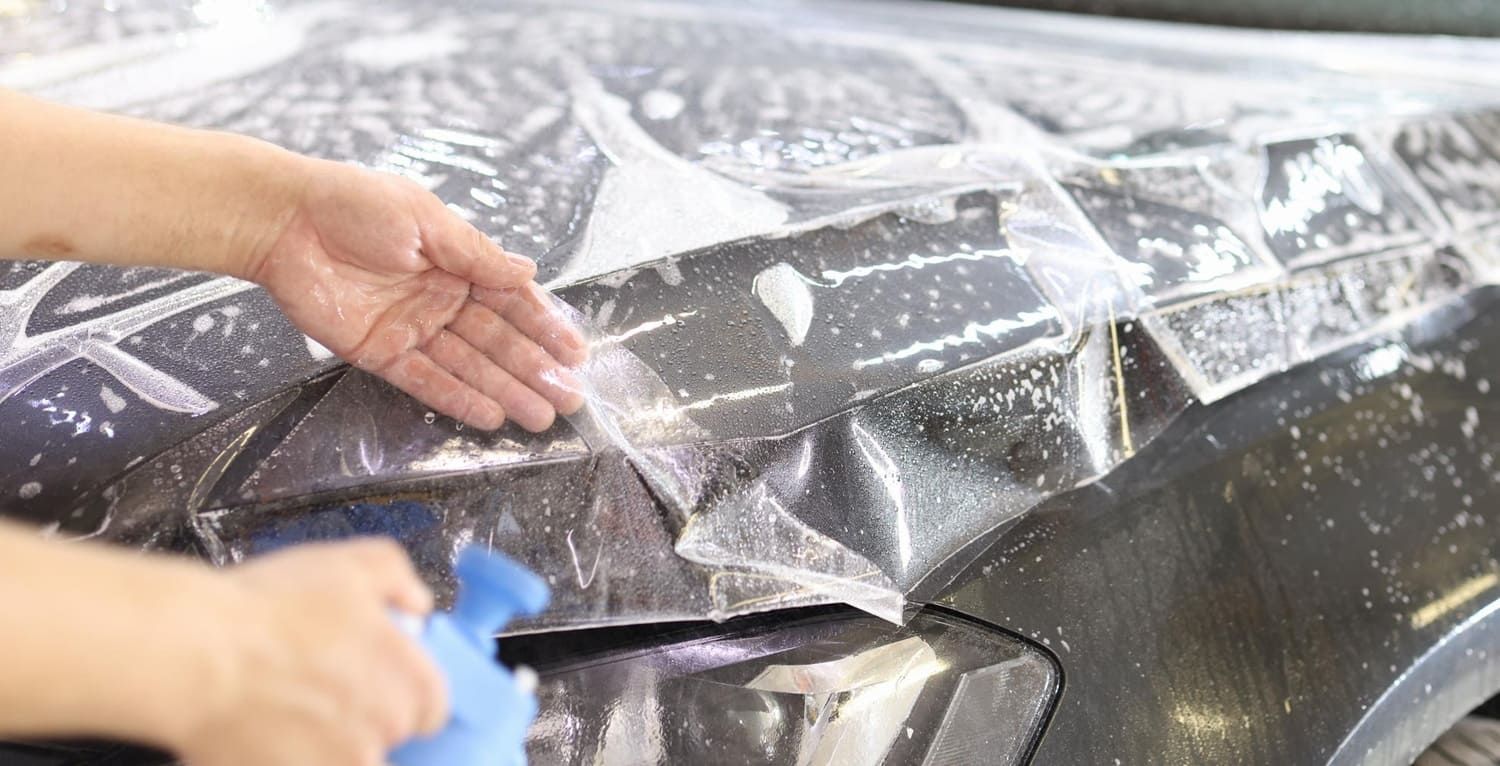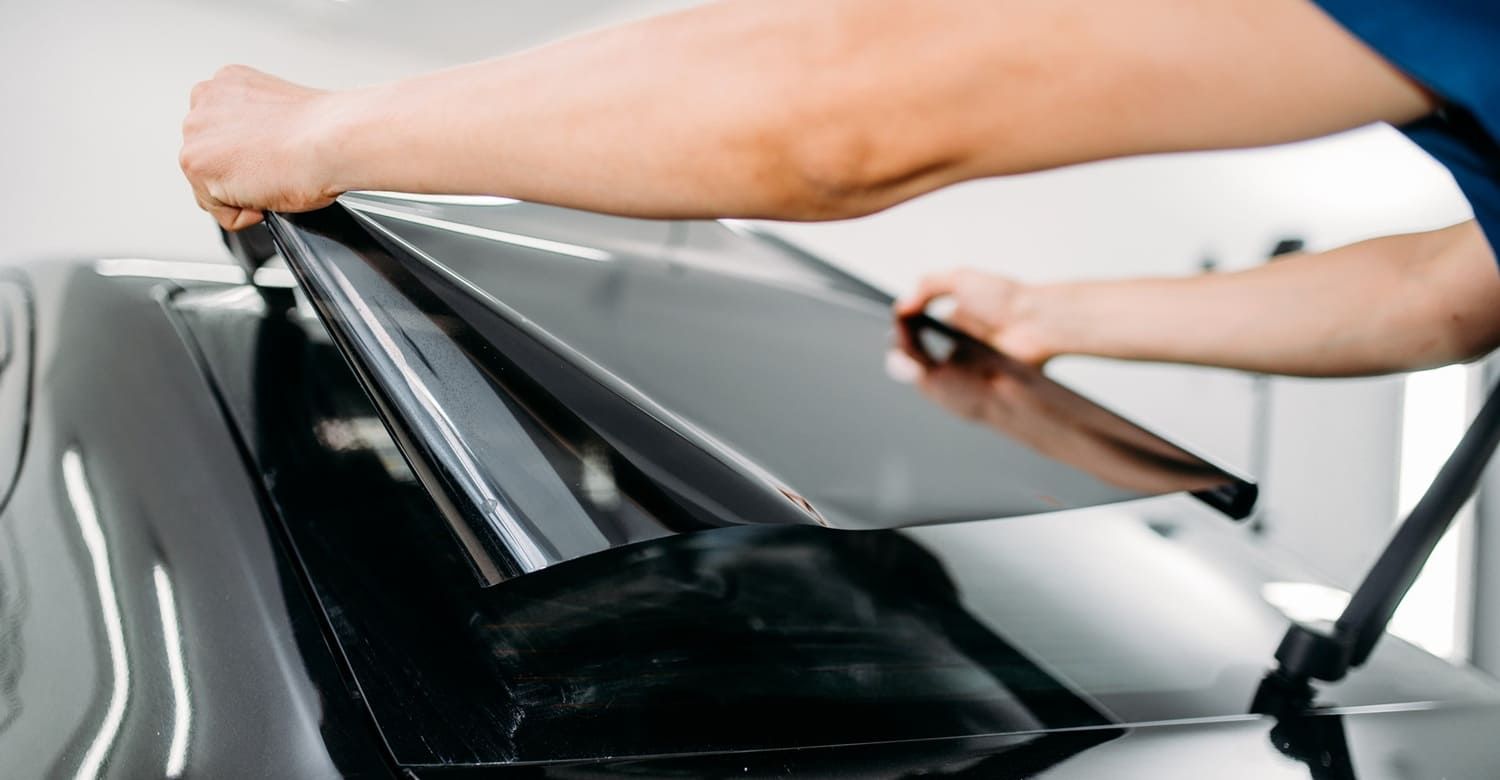How Soon Can You Roll Down Windows After Tinting?
Car window tinting is a popular modification that not only enhances the aesthetic appeal of your vehicle but also provides functional benefits like UV protection and reduced glare. By blocking out harmful sunlight, tinted windows can help keep your car's interior cooler and protect its upholstery from fading. Furthermore, window tinting offers a level of privacy that is invaluable in today's fast-paced world. However, after getting your windows tinted, it's important to know how soon you can roll them down to avoid damaging the tint. In this article, we'll explore the timeline and best practices for rolling down your windows after tinting, ensuring you get the most out of your investment.

Understanding Window Tinting
Window tinting involves applying a thin film to the inside of your car's windows. This film is designed to block harmful UV rays, reduce heat, and provide privacy. The technology behind window tinting has evolved significantly, offering a range of options tailored to different needs and preferences. From films that provide superior heat rejection to those that emphasize aesthetics or durability, the choice of tint can greatly influence the outcome.
The Drying Process
After the tint film is applied, it needs time to cure or dry completely. This curing process allows the adhesive to bond securely to the window glass. The drying time can vary based on several factors, including the type of tint film used, weather conditions, and the quality of installation. Patience during this period is crucial, as prematurely rolling down the windows can lead to imperfections that may require costly repairs. Understanding the nuances of the drying process will help you avoid common pitfalls associated with newly tinted windows.
Factors Affecting Drying Time
Several factors influence how long it takes for the tint to dry fully. Understanding these can help you determine when it's safe to roll down your windows. By being aware of these variables, you can plan accordingly and reduce the risk of damaging your newly applied tint, ensuring a smooth and lasting finish.
Type of Tint Film
There are different types of tint films available, such as dyed, metalized, carbon, and ceramic. Each type has its own characteristics and drying times. Generally, dyed films may take longer to dry compared to other types due to their composition. Metalized and ceramic films, on the other hand, often dry more quickly and provide additional benefits like increased durability and better heat rejection. Understanding the specific properties of your chosen tint film will give you a clearer idea of the expected drying time and the precautions you should take.
Weather Conditions
Weather plays a crucial role in the drying process. Warm, sunny weather can speed up the curing time, while cold or humid conditions can slow it down. If you live in a region with high humidity or frequent rain, expect the drying process to take a bit longer. Additionally, extreme weather conditions, such as heavy rain or snowfall, can further impact the drying timeline. Monitoring the weather forecast and planning your tinting appointment during favorable conditions can expedite the drying process and reduce the risk of complications.
Quality of Installation
The expertise of the installer also affects the drying time. A professional tinting service typically uses high-quality materials and techniques, ensuring a quicker and more even drying process. Skilled installers are adept at managing environmental variables and can provide valuable advice on post-installation care. Choosing a reputable service not only guarantees a better finish but also minimizes the potential for issues during the curing period.
Recommended Waiting Period
The general recommendation is to wait at least 3 to 5 days before rolling down your windows after tinting. This waiting period allows the tint to adhere firmly to the glass, reducing the risk of peeling or bubbling. By adhering to this timeline, you ensure that the tint film is properly set and capable of withstanding everyday use. It's a small investment of time that pays off in the form of long-lasting and effective window tint.
Why Waiting Is Important
Rolling down the windows too soon can disrupt the curing process, leading to problems like:
- Bubbling: Air pockets can form between the tint and glass, causing unsightly bubbles. These bubbles can be difficult to remove and may require professional intervention, adding to the overall cost of tinting.
- Peeling: The edges of the tint may start to lift, compromising the overall look and effectiveness. Peeling not only detracts from the visual appeal but also reduces the film's protective capabilities.
- Scratching: Prematurely rolling down the windows can scratch the tint, especially if there is any dirt or debris on the window track. Scratches can weaken the film and lead to further damage over time.
Tips for a Successful Tinting Experience
Following a few tips can ensure your window tint remains in perfect condition after installation. Proper care and attention during the initial days can significantly enhance the longevity and performance of your window tint, providing you with a trouble-free experience.
Keep Windows Up
During the curing period, keep your windows rolled up at all times. This helps maintain even pressure on the tint film and prevents any accidental movement that could disrupt the adhesion. While it may be inconvenient, resisting the urge to roll down your windows is essential for achieving a flawless finish. Educating all vehicle users on this precaution can prevent accidental mishaps.
Avoid Cleaning the Windows
Refrain from cleaning the inside of your windows during the drying period. Using cleaners or wiping the tint can damage the film before it fully adheres to the glass. Even gentle cleaning solutions can interfere with the adhesive bond, leading to peeling or discoloration. Wait until the recommended period has passed before using any cleaning products on your tinted windows.
Park in a Shaded Area
If possible, park your vehicle in a shaded or covered area. This helps protect the tint from excessive heat and speeds up the curing process, especially in hot climates. Direct sunlight can increase the interior temperature of your car, potentially affecting the adhesion process. Parking in a shaded spot reduces this risk and contributes to a smooth and even drying.
Be Mindful of Temperature Changes
Sudden temperature changes, such as those from air conditioning or heating, can affect the tint's curing process. Try to maintain a consistent temperature in your car's interior during the drying period. Drastic temperature fluctuations can cause the tint to expand or contract, potentially leading to bubbles or wrinkles. By keeping the temperature stable, you promote a more uniform curing process.

What If You Roll Down the Windows Too Soon?
If you accidentally roll down your windows before the recommended waiting period, inspect the tint immediately. Look for any signs of bubbling, peeling, or scratches. If you notice any issues, contact your installer as soon as possible for advice or a potential repair. Quick action can prevent minor issues from becoming major problems, and a professional assessment will ensure the integrity of your tint is maintained.
Maintaining Your Tinted Windows
Once your tint has fully cured, maintaining it is relatively simple. Use a soft cloth or microfiber towel to clean the windows, and avoid using any harsh chemicals or abrasive materials. Regular maintenance will keep your tint looking great and functioning effectively for years to come. Proper care not only preserves the aesthetic quality of the tint but also extends its lifespan, maximizing your investment.
Final Thoughts
Understanding how soon you can roll down windows after tinting is crucial for maintaining the quality and longevity of your tint. By following the recommended waiting period and taking a few precautions, you can ensure a successful tinting experience. Whether you're seeking privacy, UV protection, or just a sleek look, proper care of your tinted windows will ensure you enjoy these benefits without issue. Informed decisions and attentive care can transform your vehicle, enhancing both its appearance and functionality.
For expert service, trust Elite Audio & Window Tinting—professional window tinting installers proudly serving Athens, TN. Contact us today for a free estimate!
What You Need to Know About Rolling Down Windows After Tinting
How long should I wait before rolling down my windows after tinting?
Most professionals recommend waiting at least 48 to 72 hours after window tint installation before rolling down your windows. This allows the adhesive to fully cure and ensures the film doesn’t peel or bubble.
What happens if I roll down my windows too early?
Rolling windows down too soon can cause the tint film to shift, wrinkle, or peel away from the glass. This can ruin the installation and may require costly reapplication or repairs.
Does the waiting period vary based on weather?
Yes. In warmer, sunny climates, the tint may cure faster, but in cooler or humid conditions, it could take longer. Always follow the specific guidance provided by your installer, as they’ll consider local weather factors.
Can I use my defroster or AC during the curing process?
Yes, you can use the defroster or air conditioning, but avoid pointing vents directly at freshly tinted windows. Keep the interior temperature moderate to support even curing.
How will I know the tint has fully cured?
Once cured, the tint will appear clear and bubble-free. You should no longer see any hazy or milky spots. If these signs persist after a week, contact your installer for a quality check.
Does ceramic tint cure faster than standard tint?
Curing time is generally the same across tint types, including ceramic. The key difference is the performance—not the drying time. All films typically need 2–4 days to set properly before windows can be used normally.













